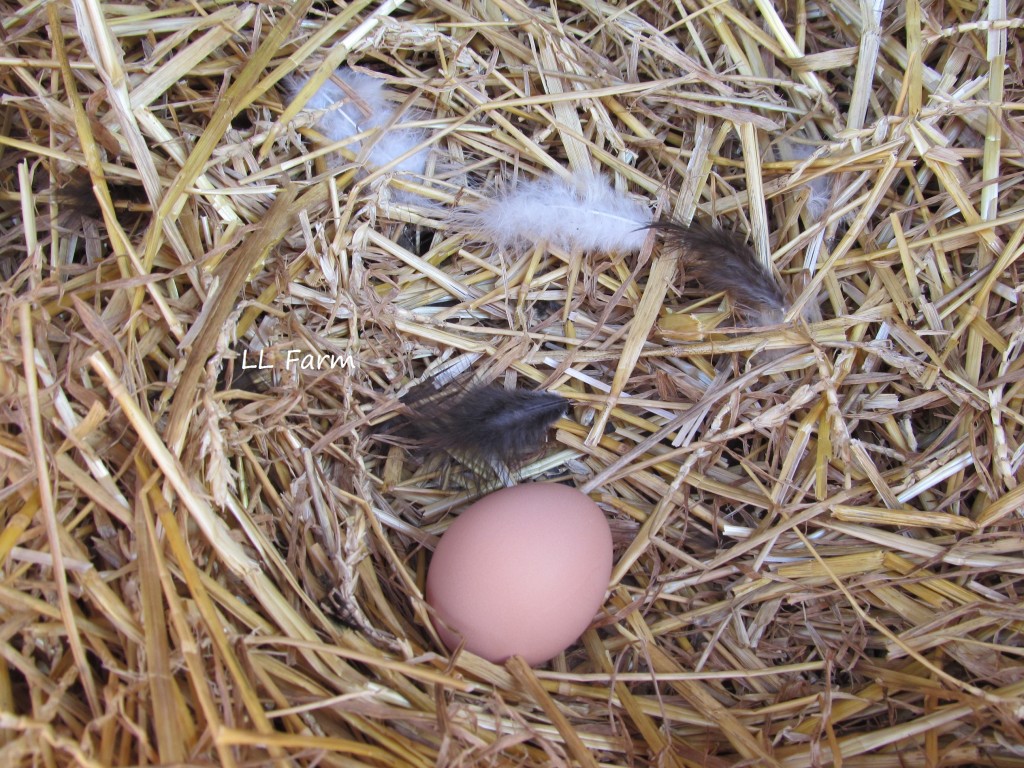
Some of our chickens have begun laying eggs AND they are having a juvenile molt.
If you got baby chicks back in the Spring like we did, you are probably getting some eggs now. I absolutely love that egg laying song that they sing, don’t you?
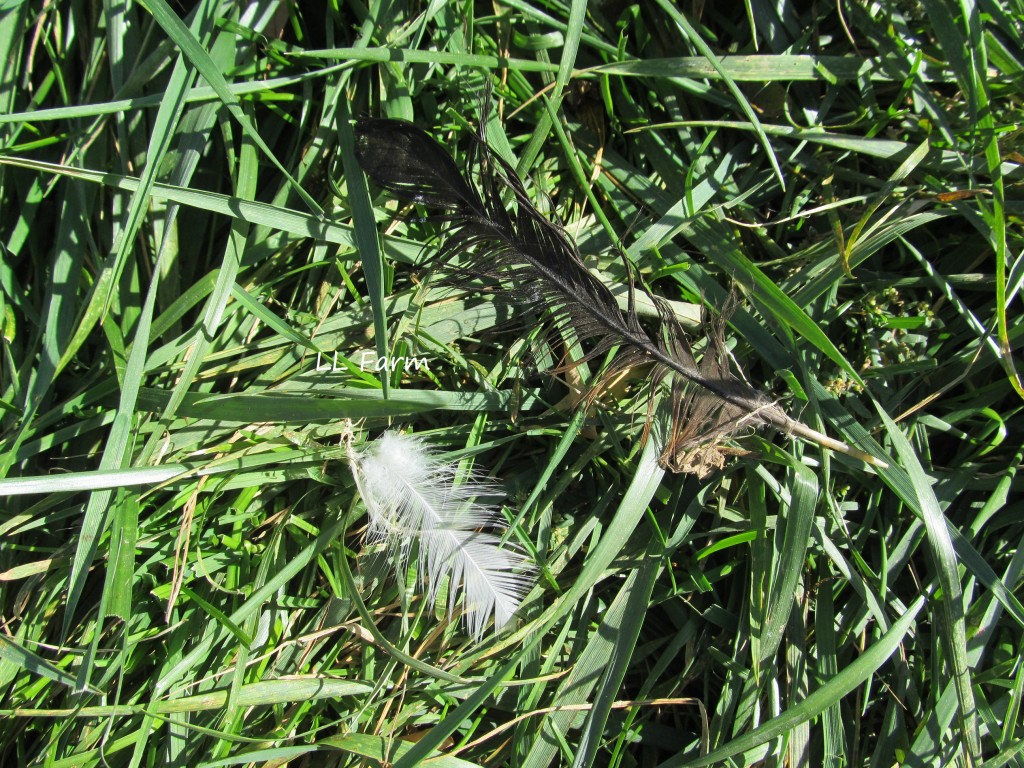
Our Black Star chickens are laying consistently now. They look fine, eat regularly and get along well with the other chickens. But in the nesting boxes, inside the coop, and on the ground are feathers. They are loosing some of their feathers again.
During a chickens first six months of life, they will go through juvenile molts. Remember the small feathers you had to clean up while they were still in the brooder? That was one of their molting times.
Check out these pictures of our White Rock chicken. The pictures show a timeline of the first 6 weeks of molting and what she looks like at six months old.
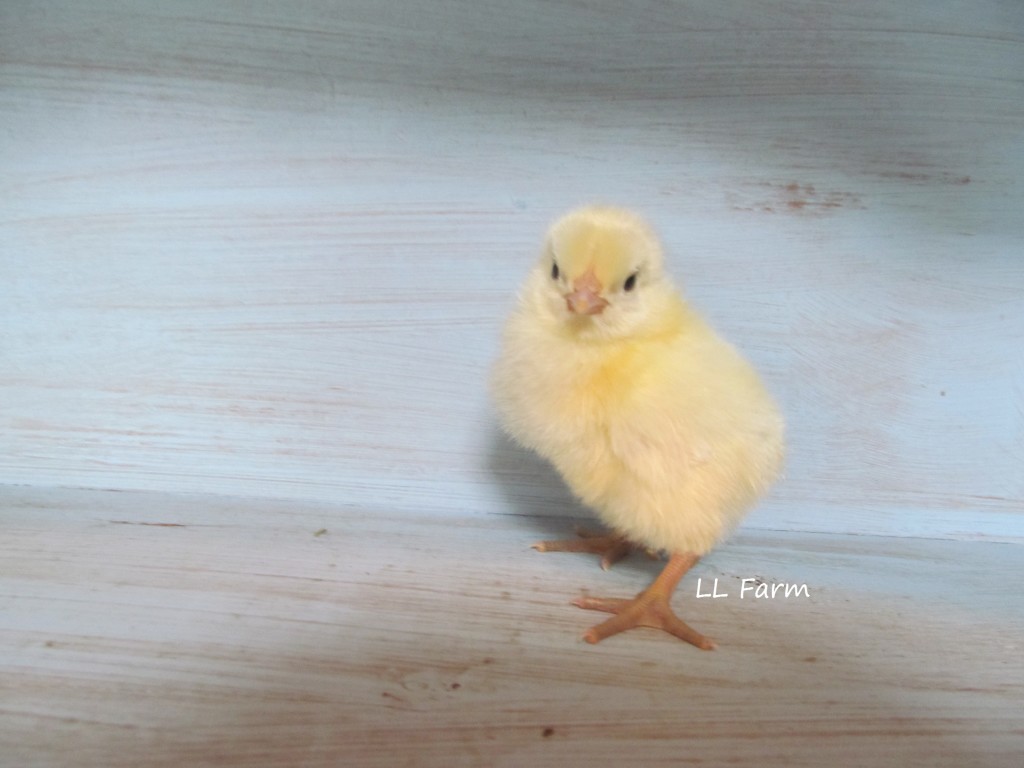
This is our White Rock Chicken at 2 days old…such a cute little yellow fur ball.
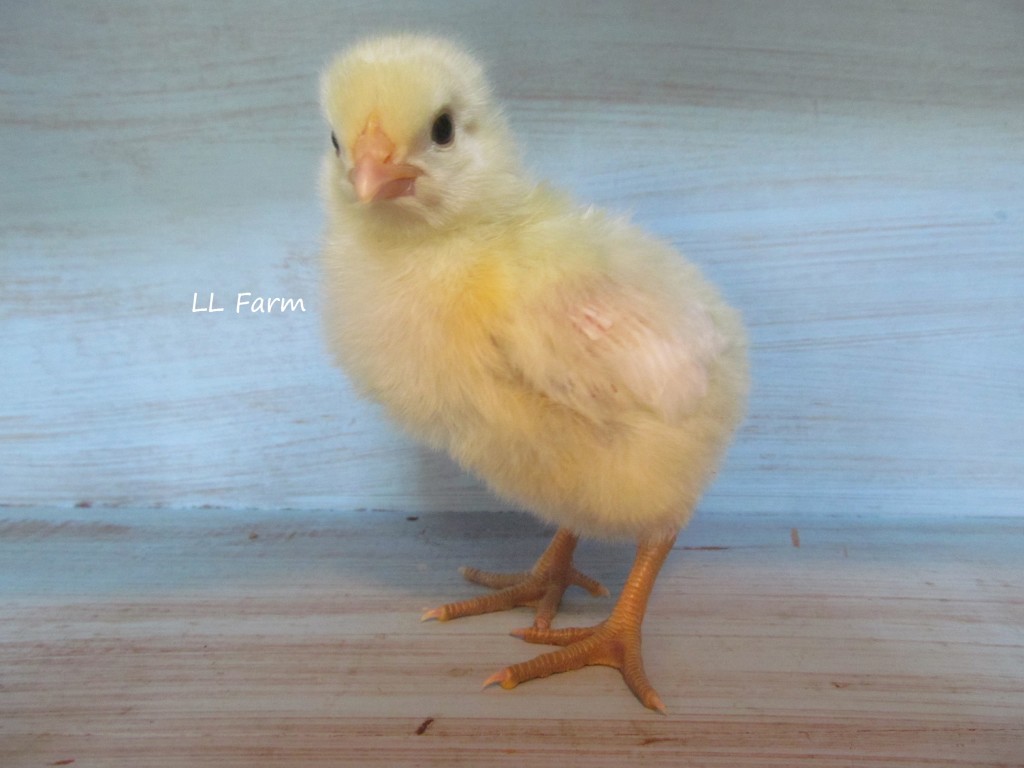
At 1 week old, you can see some white growing in on her wings.
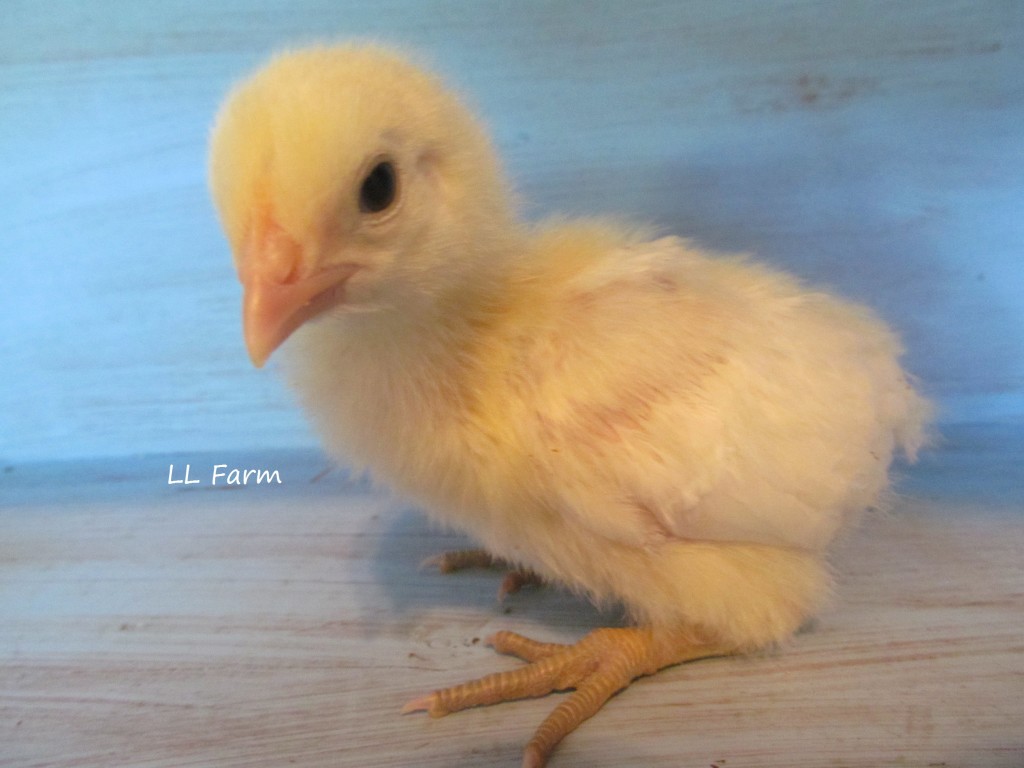
Some more white showing at 2 weeks olds.

At 3 weeks old, just a little yellow left.
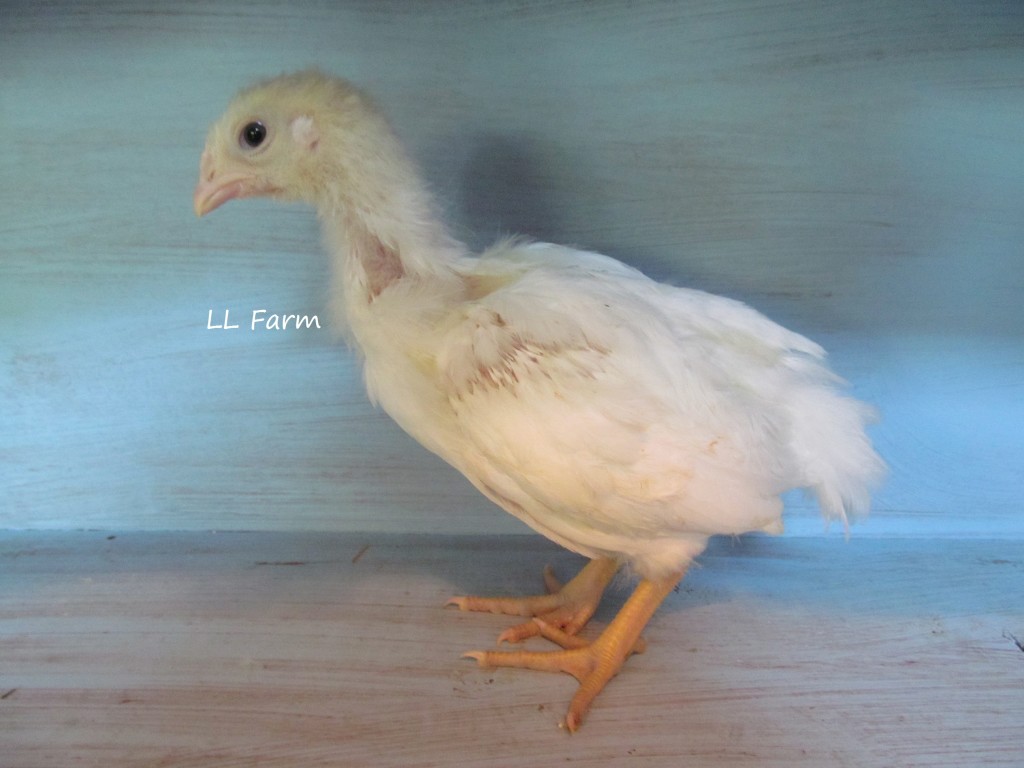
Some bare spots showing at 4 weeks old.

Filling in nicely at 5 weeks old.
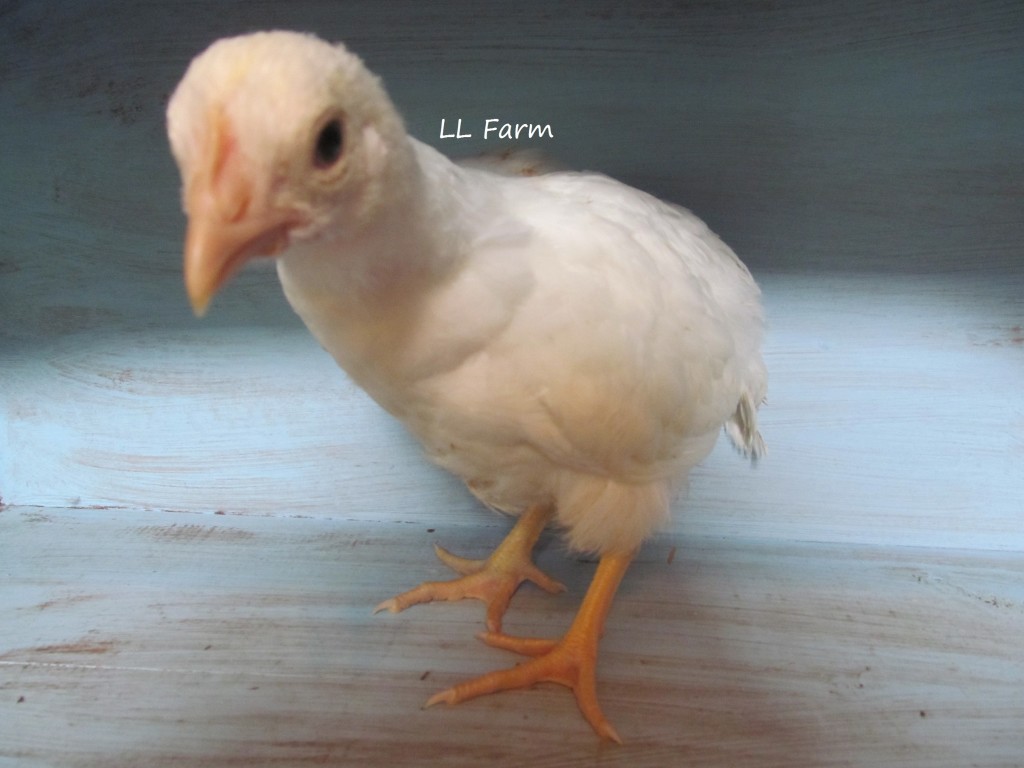
Almost completely white feathers at 6 weeks old.
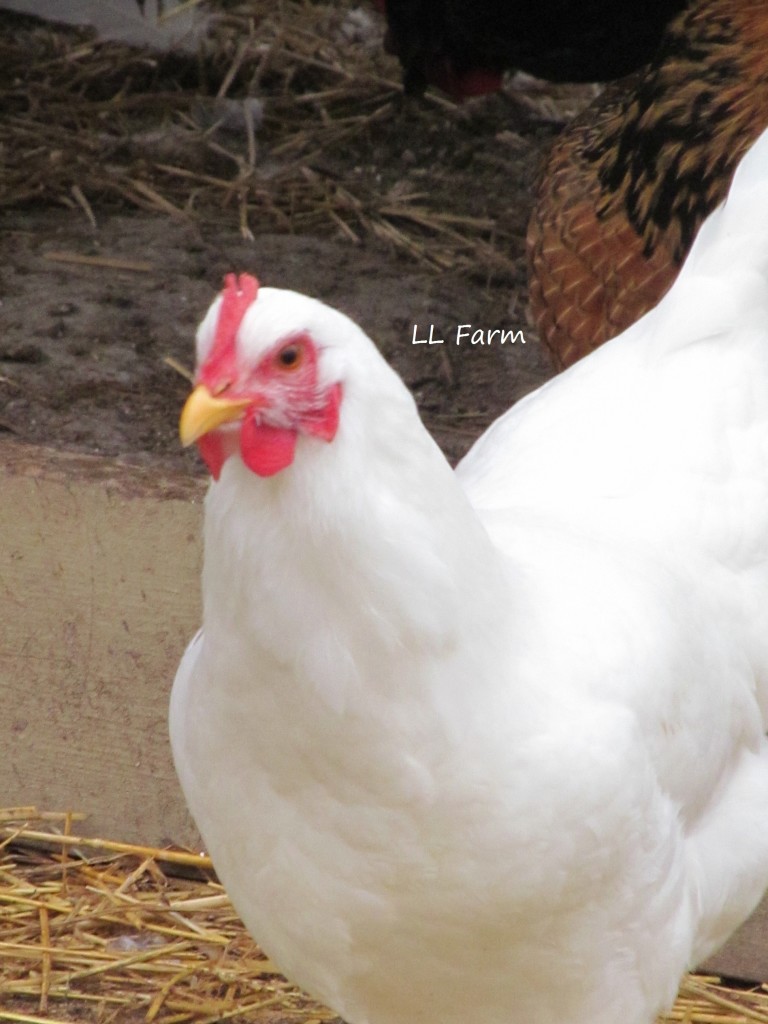
Here is she is at 6 months old. She is also going through a soft molt now, although she hasn’t started laying eggs yet. How do I know? I see white feathers lying around. I am hoping after this molt, she will start giving us some eggs.
Molting is a natural cycle that all chickens go through. It should not affect their temperament, but most likely will affect how many eggs they lay, if any, during their molting time. The energy used to produce eggs is now being used to produce new feathers.
The molting process for young birds is more gradual than that of an older bird. I was recently made aware that my young chickens are molting based on the fact that feathers are in the nesting boxes and on the ground.
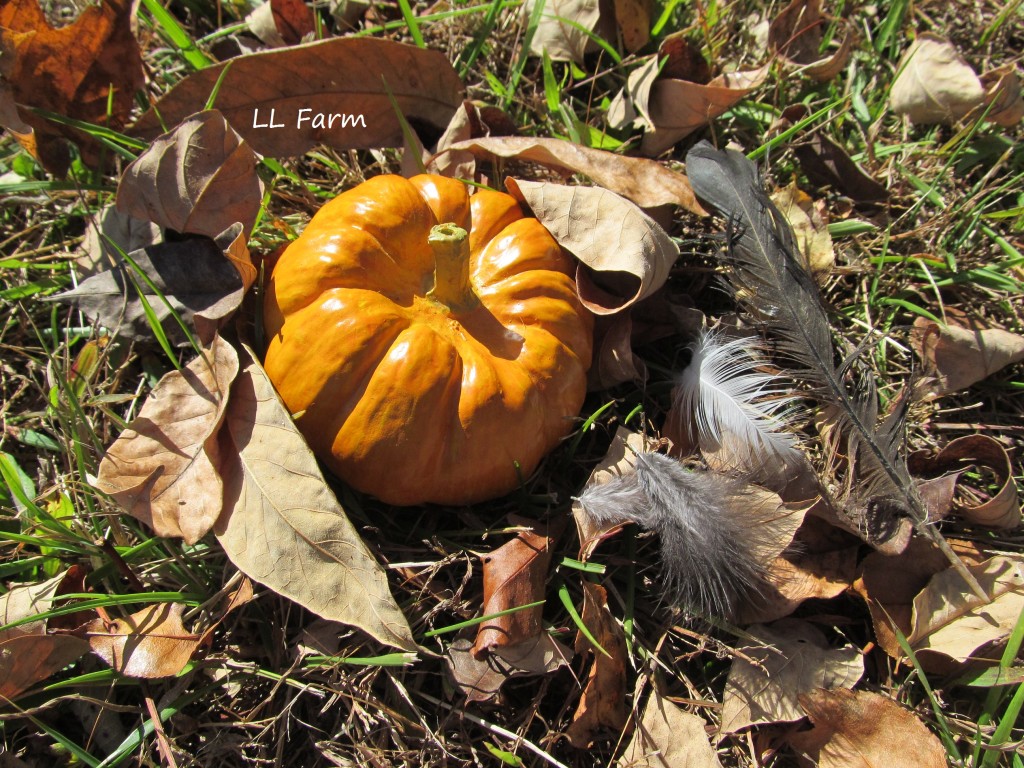
Once a chicken is over 6 months old, one to two molts per year is standard. Molting is common in the Fall when the days get shorter and cooler. Getting rid of old feathers and replacing them with new ones is a natural way that a chicken will keep itself warm during the colder months ahead. Some chickens will also molt in the Spring, after a bitter winter. And because each chicken is unique, you may have one that molts whenever.
Molting and growing new feathers is unique to each chicken. Some will go through a soft molt – loosing just a few feathers and growing new ones quickly. Many times you may not notice a visible change in the appearance of the chicken, but will see feathers lying around. Others will go through a hard molt – loosing a lot of feathers quickly and not produce new ones for a while. This may make your chicken look weird of partially naked. Again, all normal – remember each chicken is unique!
As a reminder…if you clip your chicken’s wings to keep them from flying, remember to do it after each molt.












